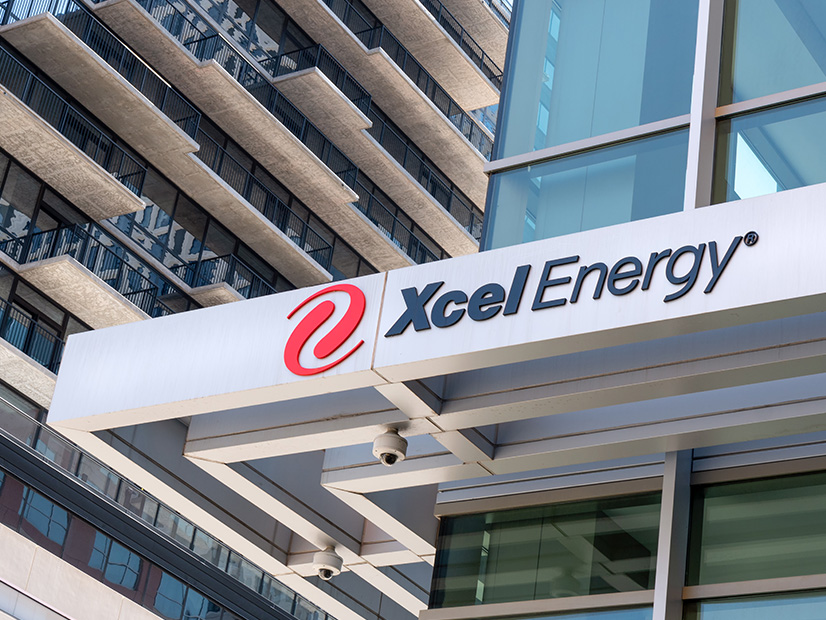
Many large emitters of greenhouse gases incentivize their executives insufficiently or not at all to reduce those emissions, a corporate watchdog group says in a new report.
The practice of linking executive compensation to progress on environmental, social and governance metrics is growing, with just over half of all S&P 500 companies reporting such a linkage in 2021, the nonprofit As You Sow said in “Pay for Climate Performance.”
The report focuses on the 47 U.S. companies on the Climate Action 100+ list, an investor initiative pressing for change by the world’s largest greenhouse gas emitters. It assigns the companies letter grades based on their inclusion of a climate metric in their 2021 CEO pay package; inclusion of measurable climate metric and measurable pay; and inclusion of climate metric in the long-term incentive plan.
Twenty-five of the companies had no explicit link of emissions to executive pay and got an F, while 17 got a D. Marathon Petroleum, Valero Energy, Southern Co. and American Electric Power got C’s.
Xcel Energy (NASDAQ:XEL) got the one and only B.
“Xcel Energy received a B for linking CEO pay to emissions-reduction performance in its long-term incentive plan, with a measurable amount of pay related to achievement of reduction goals,” the report’s authors wrote.
To get an A, a company would have to align its goals and incentives to the 1.5-degree Celsius warming target of the Paris Agreement. None of the 47 did this, the report found.
Other findings highlighted by the authors:
-
-
- At most companies offering climate-based pay incentives, the sum involved was a small fraction of the overall compensation package and thus of negligible value as an incentive.
- Company proxy reports were short on transparent disclosure, making it difficult to distinguish effective CEO pay links; transparency would increase by linking quantitative climate metrics to measurable pay.
- Discretion is rarely used to alter CEO pay for financial metrics and should be equally rare with climate metrics.
- Where climate incentives are dwarfed by financial performance metrics, emissions reductions will not be a priority for the CEO.
- Climate incentives should be framed as quantitative metrics such as “reduce GHG emissions by 30% by 2030 over a 2021 baseline” rather than qualitative measures such as “progress efforts in support of the energy transition” or “demonstrate leadership.”
-
The report’s authors also give advice to investors hoping to drive climate progress at a company: “When considering the quality of the compensation and climate link, investors need to concurrently consider the quality of the company climate transition plan and its alignment with CEO pay. Investors should also pay particular attention to the interaction of compensation design and the rigor of the climate metric. A facile understanding of the nuances of compensation or the company-specific transition plan can result in the addition of a metric intended to appease shareholders that inflates pay and nothing more.”
As You Sow calls itself an organization “dedicated to increasing environmental and social corporate responsibility while increasing company value.” The nonprofit, formed in 1992, “envisions a safe, just and sustainable world in which environmental health and human rights are central to corporate decision-making.”
